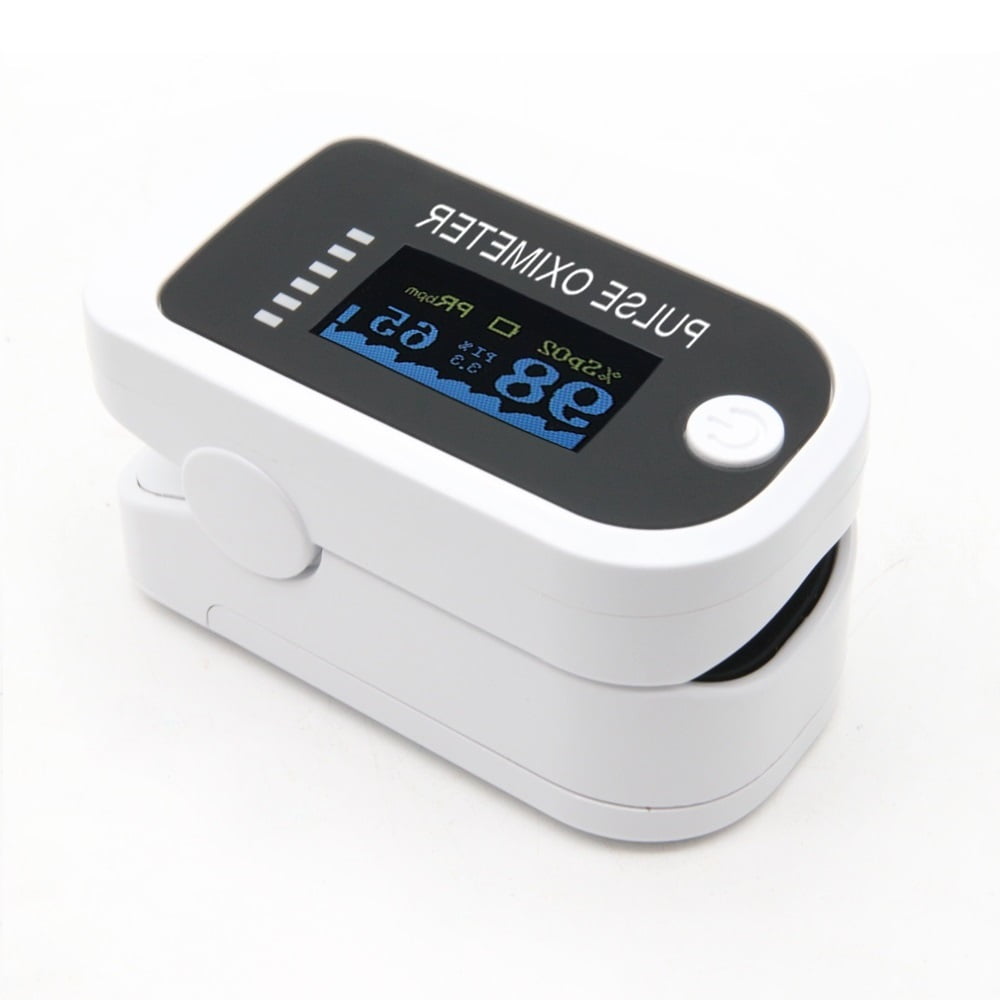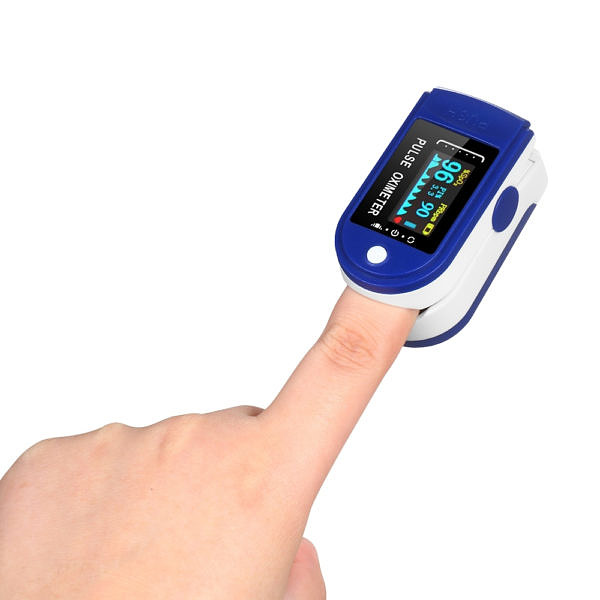

See the table below on what the pulse oximeter numbers mean and when to seek advice from your healthcare team.

Keep your hand still and wait for 1 to 2 minutes until your pulse (bpm/PRbpm) is steady and your oxygen saturation (Sp O 2%) number has not changed for 5 seconds or more.It works best on the middle or index finger of either hand.Squeeze to open and insert your finger until your fingertip touches the end.Switch the pulse oximeter ON and the display will light up.Your hand should be at waist level, such as resting your hand on a table or the arm of your chair.Rest your arm and hand and keep them still while taking your reading.If your hands are cold, warm them by rubbing them together.Make sure you have been resting for at least 5 minutes before taking the reading.This allows the light beams in the sensor to measure through your fingernail. Wash your hands and remove any nail polish or false nails.
PULSE OXIMETER READING HOW TO
How to use a pulse oximeter – a general guide You can also watch this video directly on Youtube. (Health Navigator NZ and Aotearoa Collaborative, NZ, 2021) Ask your healthcare team if you have any questions. The following video and table provides a general guide. There are different brands of these devices – please read the manufacturer's instructions.

If at any time you experience shortness of breath at rest or difficulty breathing, or your symptoms become suddenly worse, call 111 for an ambulance. This page will explain how to use a pulse oximeter, what the numbers mean and what actions you should take. If you are advised to monitor your symptoms and breathing, then the use of a health and symptom diary can help you and your healthcare team track any changes.Your healthcare team will let you know if you need a pulse oximeter at home.However, for some people, the symptoms can be very serious and can get worse quickly.

For most people, the symptoms are relatively mild, and they usually get better over 2–3 weeks. Your oxygen saturation is measured as a percentage (scored out of 100). On your device this number may show as SpO 2% (saturation percentage of oxygen).Ī pulse oximeter can be used to help monitor a range of conditions in hospital or at home, including COVID-19 infection.


 0 kommentar(er)
0 kommentar(er)
